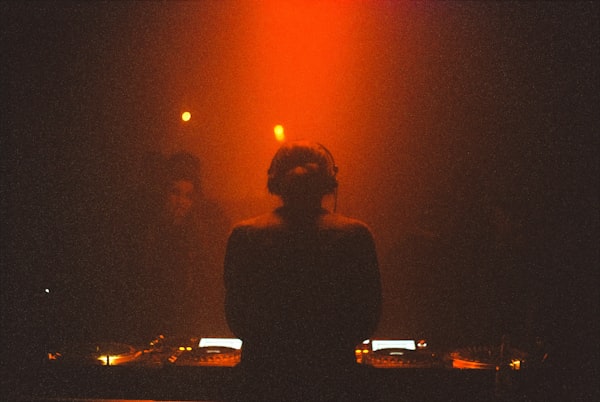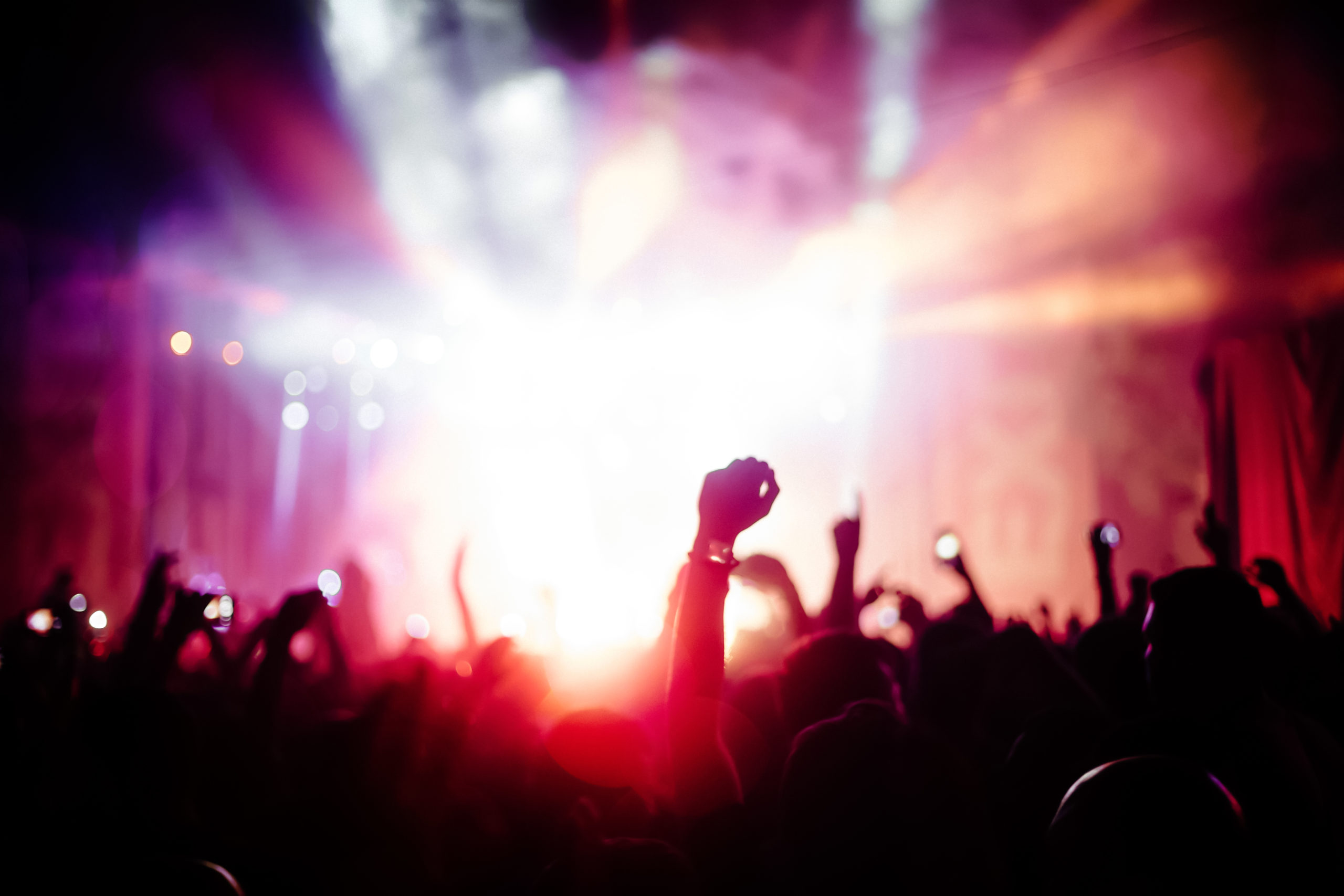The History of Raves
The history of raves is a long and ongoing one that has seen many iterations and changes. From early 90s London to the popular rave tank tops of parties today, raves have endured controversy and become stronger than ever.
Spiral Tribe Parties

The first rave took place in London in the early 90s, and it was known as the Spiral Tribe party. This event was held in an abandoned railway tunnel, and it attracted around 1,500 people. The party was known for its eclectic mix of music, which ranged from techno to reggae, and it was this mix of music that helped define the rave scene.
Raves Across the Globe
The rave scene continued to grow in popularity throughout the 90s, and by the end of the decade, it had become a global phenomenon. Raves were now taking place worldwide, and they were attracting people from all walks of life. What had once been a subculture of young people rebelling against the status quo had now become a mainstream phenomenon. DJs like Paul Oakenfold and Sasha were becoming global stars, and raves were being held in some of the most prestigious venues in the world. If you wanted to experience the best of the rave scene, you had to go to a global city like London or New York.
Electronic Music and the Rave Scene

The 90s were also a time of great innovation in electronic music. Producers were starting to experiment with new sounds and styles, and the result was some of the most groundbreaking music ever made. Artists like The Chemical Brothers, Fatboy Slim, and Underworld were pushing the boundaries of electronic music, and their songs were becoming staples of the rave scene.
Critics of Raves
But despite their growing popularity, many still saw raves as a threat to society. Critics argued that raves were a breeding ground for drug use and promiscuity and were a significant contributor to the growing problem of youth crime. In addition, they claimed that raves were a direct cause of teenage pregnancies and that the music was encouraging adolescents to rebel against their parents and society. Some people went so far as to call raves a “cultural cancer” and argued that they should be banned altogether.
Supporters of Raves
Supporters of raves argued that these criticisms were unfounded and that most ravers were responsible, law-abiding citizens. They claimed that the drugs being used at raves were no more dangerous than alcohol or cigarettes and that the music was very positive and uplifting. They argued that raves were a safe and healthy way for young people to let off steam and provided a valuable alternative to mainstream nightclubs and bars.
The Controversy Comes to a Close
In the end, the controversy over raves continued to rage for many years. There were proponents and opponents on both sides of the argument, and it was hard to find a middle ground. However, as raves became more and more popular, it was increasingly difficult to ignore them. Eventually, even the most ardent critics had to concede that they were here to stay.
Recent Rave Resurgences
In recent years, the rave scene has seen a resurgence in popularity. This is due primarily to the rise of dance music and new festivals, such as Tomorrowland and Ultra Music Festival. The music at these events tends to be more mainstream than the music at traditional raves, but the scene’s spirit is still alive and well. As a result, the number of people attending raves has increased again, and the rave scene is now bigger than ever.
Raves are a place where people can come together to dance and celebrate music and culture, and this is something that will never die.
